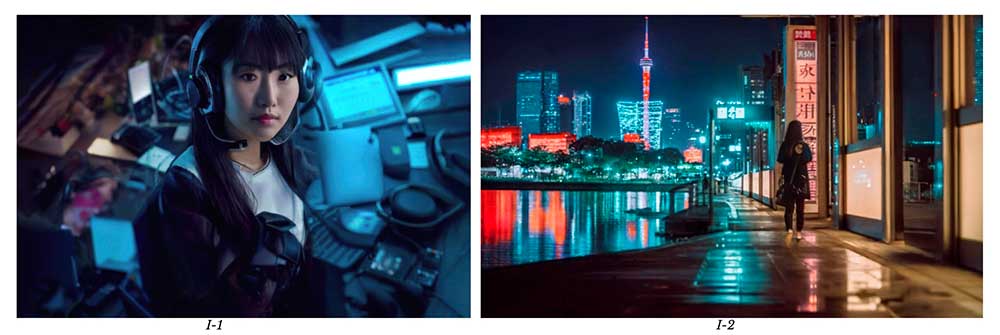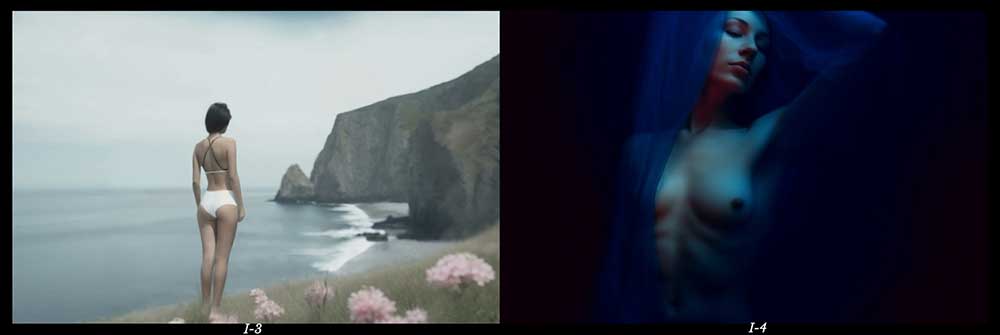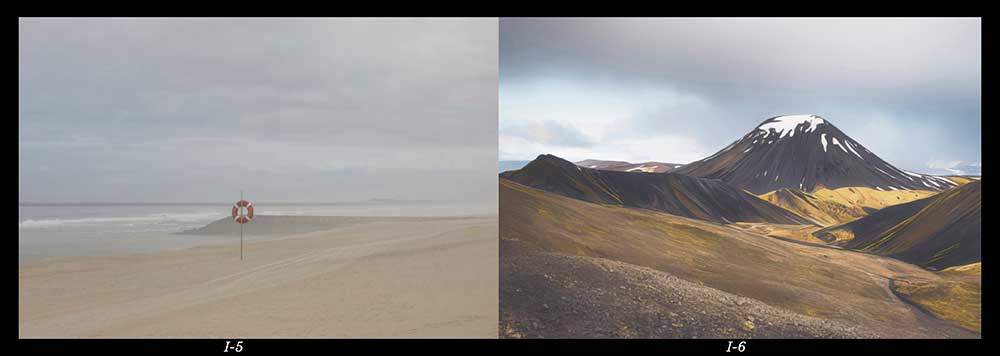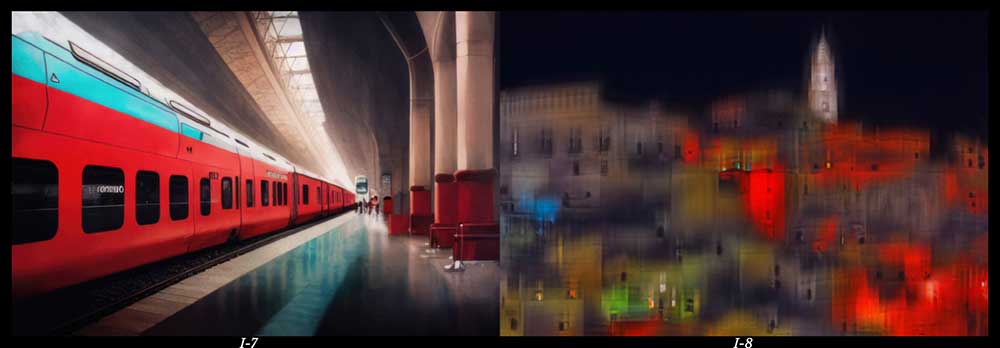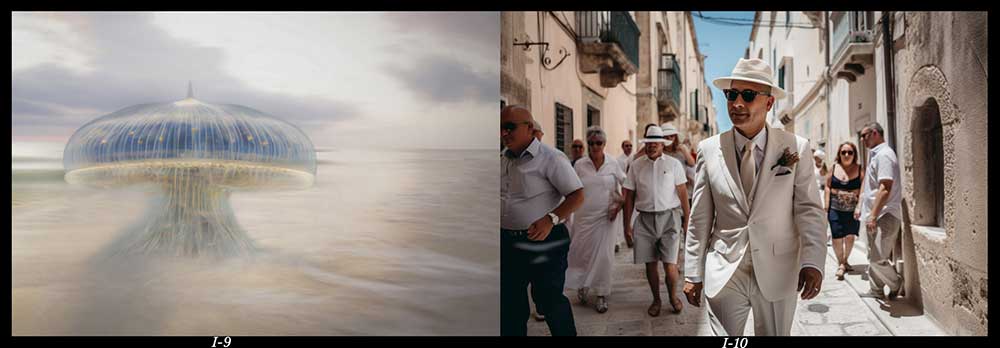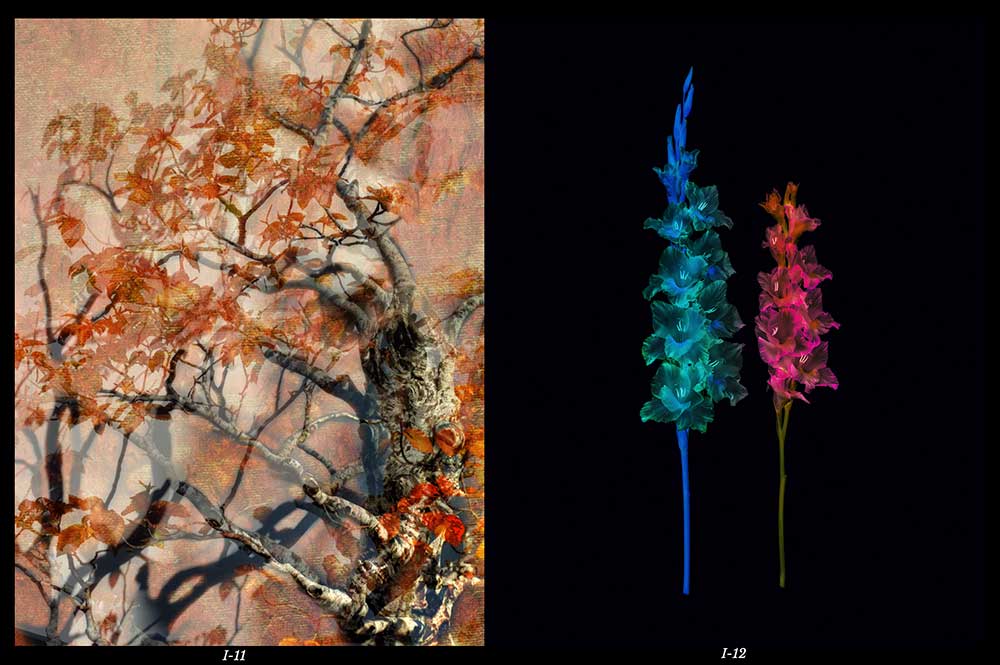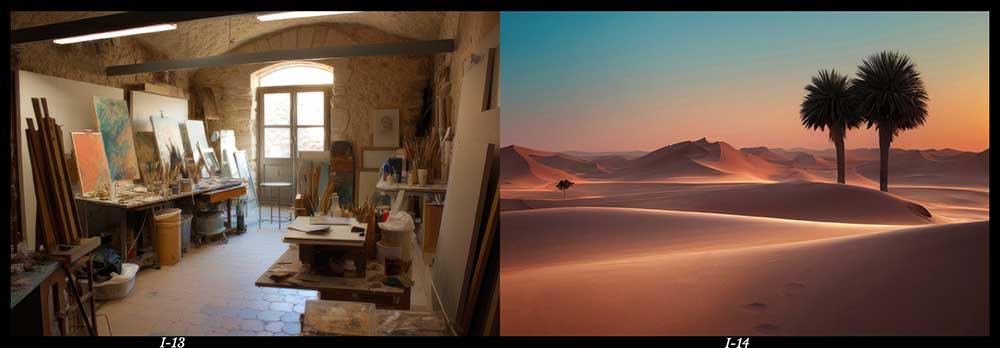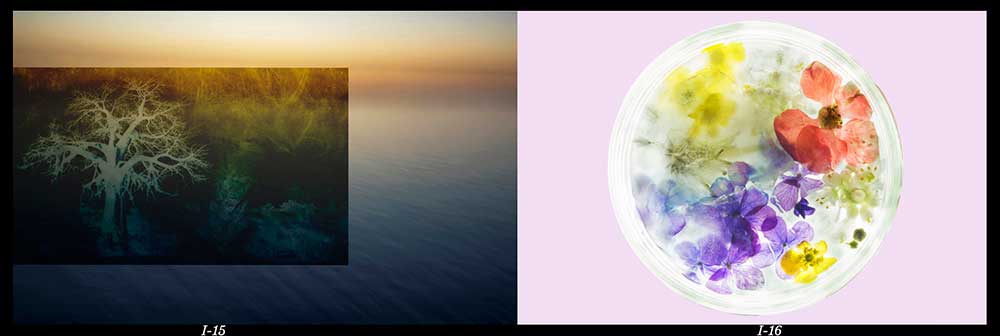From the image on the right to the image on the left, only 7 months have passed. This infinitesimal time has been long enough to contain a Copernican revolution in the world of visual arts.
The very rapid evolution and consolidation of Artificial Intelligence as a tool for creating images has caused a schism in the world of photography, just when it seemed that the last wounds of the previous schism were finally healing, when digital photography and Photoshop broke out.
Schism in seven months
When Jason Allen (a hitherto unknown illustrator) won the Colorado State Art Fair in September last year with the image “théâtre d’opéra spatial” (the one on the right on the cover) created using Midjourney, they jumped the first alarms; many people in the photographic environment got very nervous and many others suddenly found a new tool to put their own imagination at the service of.
When, in April of this year, with a theatrical act of the best Neapolitan comedy, during the Sony Photography Award ceremony, the German photographer Boris Eldagsen revealed that the image with which he had won the award (the one on the left in the cover) he had done it using artificial intelligence tools, the perfect storm came to pass and now everyone is positioned for or against the issue of “artificial intelligence in visual art”. I ask myself: with so many photographers giving their opinions on the subject, suddenly everyone has forgotten that, in life, as in photography, there are not only white and black, but rather that there are an infinity of intermediate gray tones?
Doubt is a wise approach…
Before delving into the subject, allow me to make a small digression about the image of Eldagsen. Regardless of how it is made, it does not seem to me an image worthy of winning such a prestigious award. Technically, it has flaws, I think they are quite obvious, which on the one hand, reveal the limited mastery of the author of the tools based on artificial intelligence and on the other hand make me think that everything that has happened has been a “staging” orchestrated between the author of the image and organization of the award… Have you noticed the hands in the foreground? The one on the left looks more like an “Edward Scissorhands” hand and the nail on the index finger, a tiger’s claw… and what about the hand on the right? it doesn’t look human, does it? What were the award judges thinking when they analyzed this image? How can an image with such crude imperfections win the absolute prize in such a prestigious contest? …something leads me to think that everything has been premeditated to use the media amplification of this award and thus forcefully send a clear message to the artistic-photographic environment, labeling as cheaters those who “try to sneak” images made using artificial intelligence in photographic contests.
The solution would be very easy, and it would prevent us from further expanding this schism and, incidentally, recovering a minimum of balance in the “judgments” that are now made on visual works made by using artificial intelligence support. They should allow these images to compete in a separate category or offer specific competitions for these types of images. However, it would only be a temporary solution because, in the long term, those who today assume the role of “templars” of pure photography, will have to abdicate and assume that they will have to include “in the club” who today in day is labeled devil, traitor, counterfeiter, cheater.
Do you remember what photography was at the beginning of the 90s? For those who lived through the digital revolution both in the production of images and in their development, don’t you think it’s reviving something that we have already experienced?
It is not the same…
Some will say “it is not the same”! Because behind the digitization of the photographs there was always the human act (in this case the photographer). I ask: why, in your opinion, behind an image made using artificial intelligence tools this is not so? Who thinks not, it is clear that has never really used AI engines to create an image; may be they typed four keywords to get an image to use it as evidence of their thoughts against AI but they really didn’t go deep into the subject. Others may refute me: “it’s one thing to get up at 4am to arrive in a special place to find the light you want, another thing is to type four words in Midjourney”. Apart from the fact that I defy anyone to type four words in Midjourney and obtain an image suitable for a prestigious contest or simply that stands out from the crowd; I also add that whoever argues for this has a concept of photography that undoubtedly moves away from its essence because they consider it closer to physical sacrifice than to the creative act. Others say: what is created with AI is not real. Real? Who dares to say what real means today and worse still, what real will mean in a few years? If real means “with a root or origin made in the physical dimension”, technically the images created using AI are very real because they are generated thanks to millions and millions of images with a root or origin made in the physical dimension. On the other hand: are we sure that the images generated with AI are less real than other images fully accepted in photographic awards or in the most prestigious photographic social networks, made for example with 3D tools or as a composite of many images? What is the difference between a composite made with stock images and an image generated with AI? Why is an image made with some 3D tool considered a photograph while an image made using an AI tool is not? Some will say: in the composite there is an intention! when I create in 3D I have an intention!….well, in AI generated images too! I’m not saying in all of them, but in many of course yes… the same thing that happens in a composite or in any creative act. Perhaps with this we are closer to get what should really count…
In the very near future, the image itself will count less; the proximity to the physical dimension of reality will unfortunately no longer be a variable that will have a fundamental weight; luckily the content the image conveys will be a fundamental understanding key; the purpose for which the image was created, the story it wants to tell, the sensation it wants to provoke, all this I believe that will count much more.
Photography vs Promptography
In an interview provided after his resignation, Eldagsen differentiated a photograph from a “promptography” (very appealing name!). Photography is something that is obtained from light that causes a reaction on a sensitive surface (an emulsion or a sensor); a “promptography” is obtained by typing a prompt and giving it to a neural network. I remember that twenty years ago, in the same environments that currently act as templars of photographic purity, saying that a digital camera sensor was comparable to the sensitive surface of a chemical emulsion was almost blasphemy to say! To the above I add that, to be consistent with the definition of photography to which we are referring, the owners of the most used photographic social networks, the organizers of photographic contests, the photographic critics should be less hypocritical and be more consistent and coherent. They should exclude in their contests, in their networks, in their reviews any “pseudo-photographic” image made with a 3D tool, any composite that includes non-photographic elements… and what about composites made with stock images?… where do we put the images in which photography is mixed with painting or illustration? Is it a question of photographic preponderance? What is then the % of photography that has to be present in an image? But…an image made with an AI tool, by definition has a clear preponderance of photography! …then this is not the correct argument either…it seems…
Perhaps then the argument is related to the authorship of the images…those who know the AI “backstage” know well that the probability that an image is a copy of one of the millions of millions of images that make up the generative universe is mathematically equal to zero. This can also be affirmed if we apply this same affirmation to any small part of an image created with an AI tool (a hand, a tree, a nose, etc…). So…where is the problem? Could be the copyright? (Copyright and Authorship are very far concepts!) There have been many sentences in the world and in the artistic field that it cannot be considered that the copyright law is broken if a small part of the created work is the same as another already existing.
If I make a composite or also a simple collage, using photographs purchased or downloaded from an image bank, does anyone dare to comment on its authorship? Some would say: “it is that in this case the artist is what decides which pieces to include and how to make them dialogue with the others”…I guarantee that the same thing happens when a complex “prompt” is created…and I go further…if someone generates 100 images using an AI tool and with these (or with pieces of them) he/she makes a composite… how would this be considered? Would anyone be able to understand that AI is involved? …how much hypocrisy!!!
Photography and Photographic Language
The “photographic language” has evolved over time, moving ever further away from photography and, at the same time, it has fed back into the concept of photography in such a way that no one knows how to distinguish where one concept begins and the other ends. The images obtained using AI are intended to further expand the concept of photographic language. They will also contribute to the definition of “alternative truths” to the “real world”, so much so that the question will not be whether or not it is photography; nor will it be whether or not it is reality. Simply, the question will disappear and each one will decide in which of the different possible realities he/she will want to believe and act accordingly… a total nonsense that entails ethical issues, public order, psychological, etc., etc. To which we will not be prepared because the speed with which these tools progress is exponentially higher than our adaptation times… This is the real problem.
In the meantime, in order for everyone to live in greater harmony, it would be nice to allow creativity made using AI tools to have a place somewhere because whoever produces art in this way has the same right as any photographer who can compete in one of the many Awards that are organized and that flatter the artistic abilities of the authors.
Before closing this article, I wanted to add something more. The AI revolution for the visual market is balanced by another trend very present in the young “digital generation”, that of the return to emulsion and analog cameras. An enormously increasing phenomenon which in my opinion is very significant because it is an important signal that younger generations are asking for slow times dictated by thought, craftsmanship and attachment to tangible reality … I will talk about this in a future article…
Photosatriani
I am a curious of life with idealistic tendencies and a fighter. I believe that shadows are the necessary contrast to enhance the light. I am a lover of nature, of silence and of the inner beauty. The history of my visual creations is quite silent publicly but very rich personally, illuminated by a series of satisfactions and recognitions, such as: gold and silver winner in MUSE Awards 2023; Commended and Highly Commended in IGPOTY 2022/19/18, honorable mention in Pollux Award 2019; selected for Descubrimientos PhotoEspaña (2014), Photosaloon in Torino Fotografia (1995) and in VIPHOTO (2014). Winner of Fotonostrum AI Visual Awards 2024. Group exhibitions in: Atlántica Colectivas FotoNoviembre 2015/13; selected for the Popular Participation section GetxoPhoto 2022/20/15. Exhibitions in ”PhotoVernissage (San Petersburgo, 2012); DeARTE 2012/13 (Medinaceli); Taverna de los Mundos (Bilbao); selected works in ArtDoc, Dodho, 1X. A set of my images belongs to the funds of Tecnalia company in Bilbao, to the collection of the "Isla de Tenerife" Photography Center and to the Medicos sin Fronteras collection in Madrid. Collaborator and interviewer for Dodho platform and in Sineresi magazine [Website]




